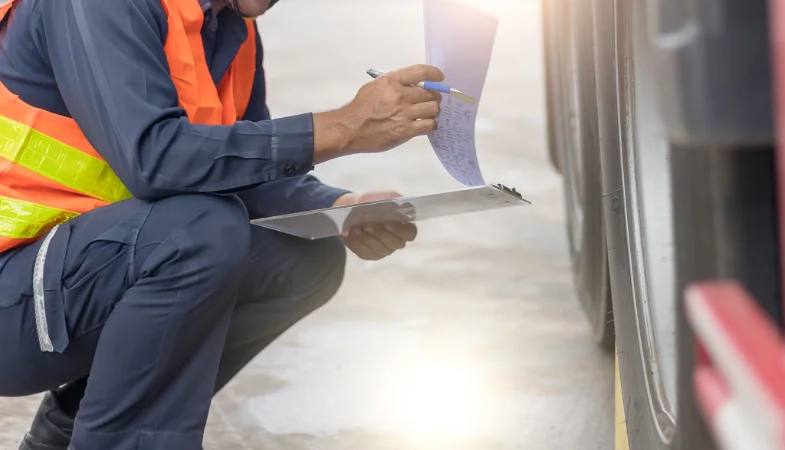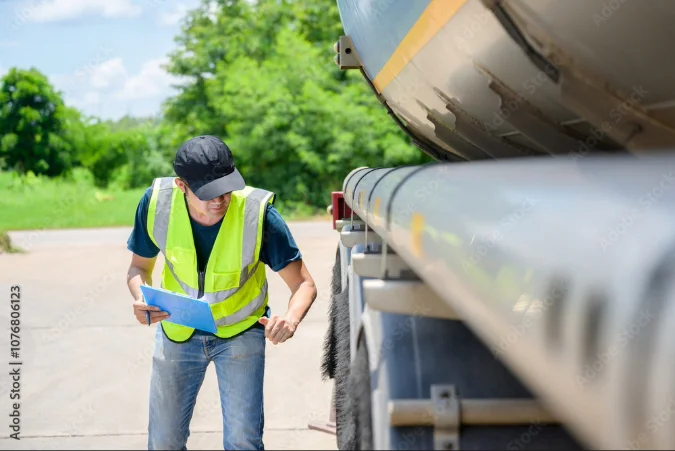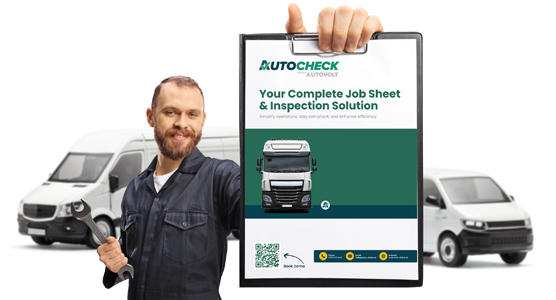Traction-Only Work: What Are Your Responsibilities for Third-Party Trailers?
Traction-only work can be done for customers who want to use their own trailers for branding and loading purposes but do not want to operate vehicles to tow them.
As a traction-only operator, you maintain responsibilities for third-party trailers. You are required by law to have an authorisation for trailers as part of your operator’s licence. You are also responsible for carrying out walk-around checks and recording any defects and how they were repaired before use.
What Are Your Legal Duties?
As an operator, it is your responsibility to ensure that the vehicles you use, including third-party trailers, are roadworthy. It is an offence for you to use an unroadworthy vehicle on the road.
Whether the vehicle belongs to you or is in your possession under an agreement for hire, hire purchase, loan, or lease, as the user of a towing vehicle it is your responsibility for the roadworthiness of the trailer even if it does not belong to you.
Traffic commissioners require that all vehicles be kept in a fit and serviceable condition when operated under an operator’s licence.
DVSA Roadside Checks
At roadside checks, DVSA officers might check that your vehicles are in a fit and serviceable condition by:
· Checking authorised load weights and type of load permitted
· Checking vehicles for roadworthiness and mechanical faults
· Looking at your tachograph records
· Making sure you have a valid vocational driving licence
What Should You Inspect at Hook-Up?
You must complete a safety inspection report for each safety inspection for both vehicles and trailers. Inspections should include checks of:
· Service and parking brake system condition and operation
· Lights and reflectors
· Type, size, and condition of tyres
· Airlines
· Trailer coupling condition and operation
· Load restraint
What Documentation Should You Request or View?
The trailer owner is normally responsible for the routine maintenance of the trailer, including the safety inspection. They are also responsible for providing the required documents to the trailer user.
As a traction operator, you should be provided with the last safety inspection report (ideally within thirteen weeks), evidence of brake test history (such as the EBPMS report), and the vehicle identification number (VIN) and plate details.
A safety inspection is a periodic inspection that is carried out at pre-set intervals in line with what an operator has declared on the vehicle operator licensing service (VOL). The scope of the inspection should at least include all the items covered by the statutory annual test and employ the methods of assessment that are prescribed in the respective inspection manual.
There is an expectation that every safety inspection will include a brake performance assessment. Brake performance can be monitored and assessed using EBPMS. Using this system means brake performance is continually monitored and compared against the statutory requirements for the type of vehicle or trailer fitted with EBPMS.
To ensure that vehicles comply with legislation relating to exhaust emission requirements, they should be kept in line with manufacturers’ recommendations. Information on the levels of permitted exhaust smoke should be detailed on the manufacturer’s VIN plate or engine number plate.
How Should You Record the Check?
It is essential for operators who lease, hire, or borrow vehicles to conduct a first-use inspection to satisfy yourself that the equipment you have acquired is in a roadworthy condition, especially where vehicles and trailers have been off the road for some time. The scope of the inspection should at least include all those items that are inspected at annual test. In this case, you should enter ‘first-use’ on your own system. A first-use inspection is not always needed, for instance, where sufficient evidence is provided to show that the equipment has been subject to a safety inspection.
With some types of vehicles and operation, it may be necessary for you to check some components more often than at full safety inspections. For example, to check components following repair work. Any additional intermediate safety checks you carry out should be documented and kept on the maintenance file. In this case, you should enter ‘intermediate’ on your own system to make it clear these are an intermediate safety check and not a full safety inspection.
As explained in our guidance on record keeping, records of safety inspections, whether undertaken by operators or contracted out, must be kept for at least fifteen months for all vehicles. This includes vehicles that have been removed from the operator licence or have been sold or otherwise disposed of.
How Should You Handle Mixed PMI Frequencies?
To handle mixed PMI frequencies between your vehicles and third-party trailers if they are not on the same safety inspection frequency, as a default position the inspection frequency should not exceed thirteen weeks. The VOL should identify a mixed safety inspection frequency for trailers, and as the operator you must make sure that the trailer is safe to use and inspected on the agreed frequency.
Conclusion
You can learn more about first-use and intermediate checks on our website and download our Trailer Due-Diligence Checklist here.





